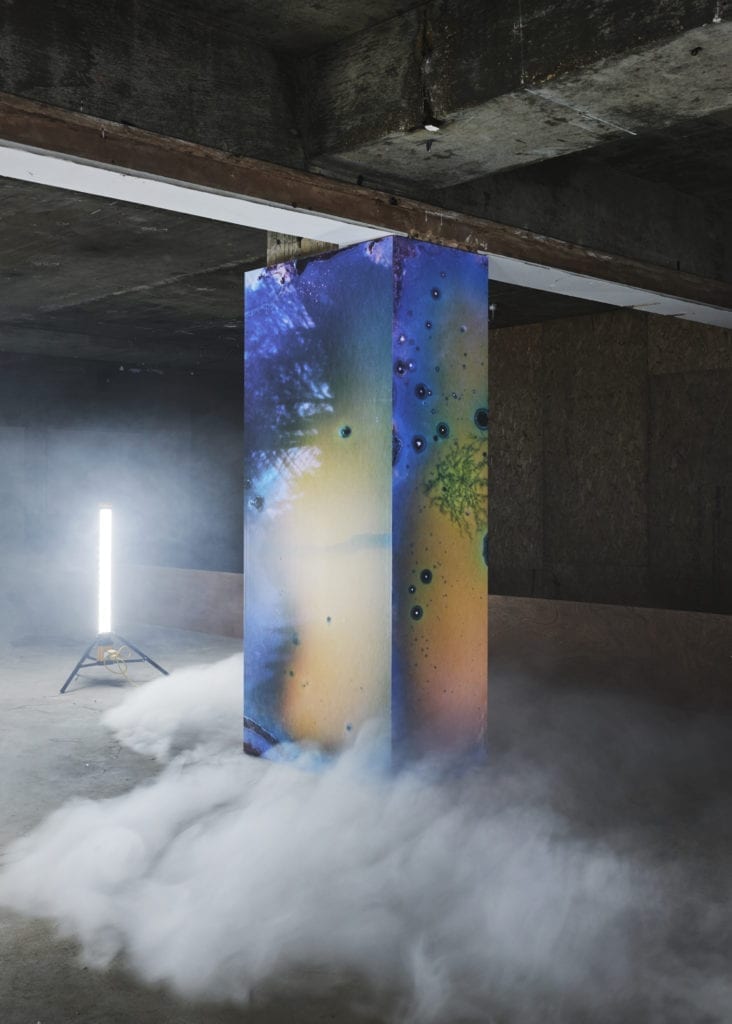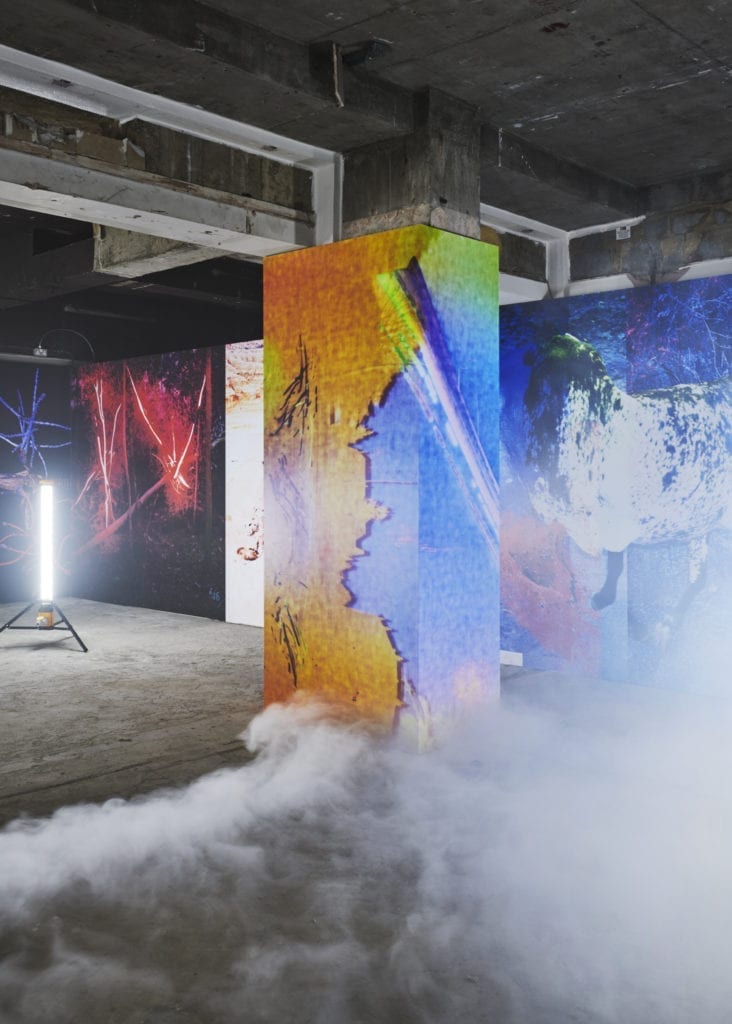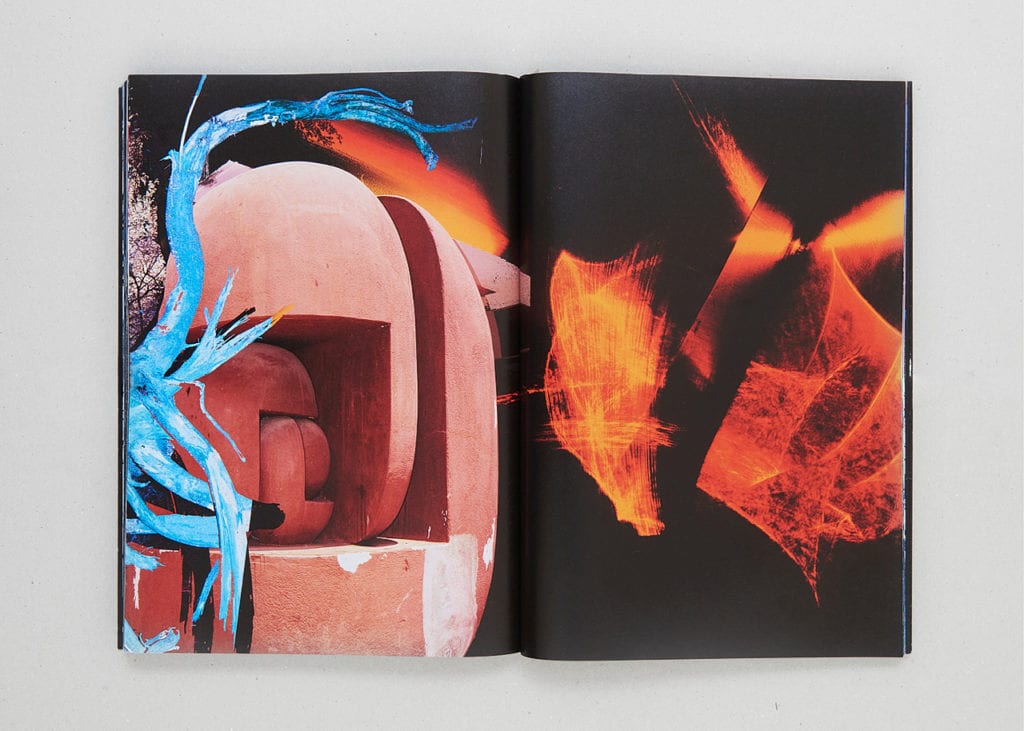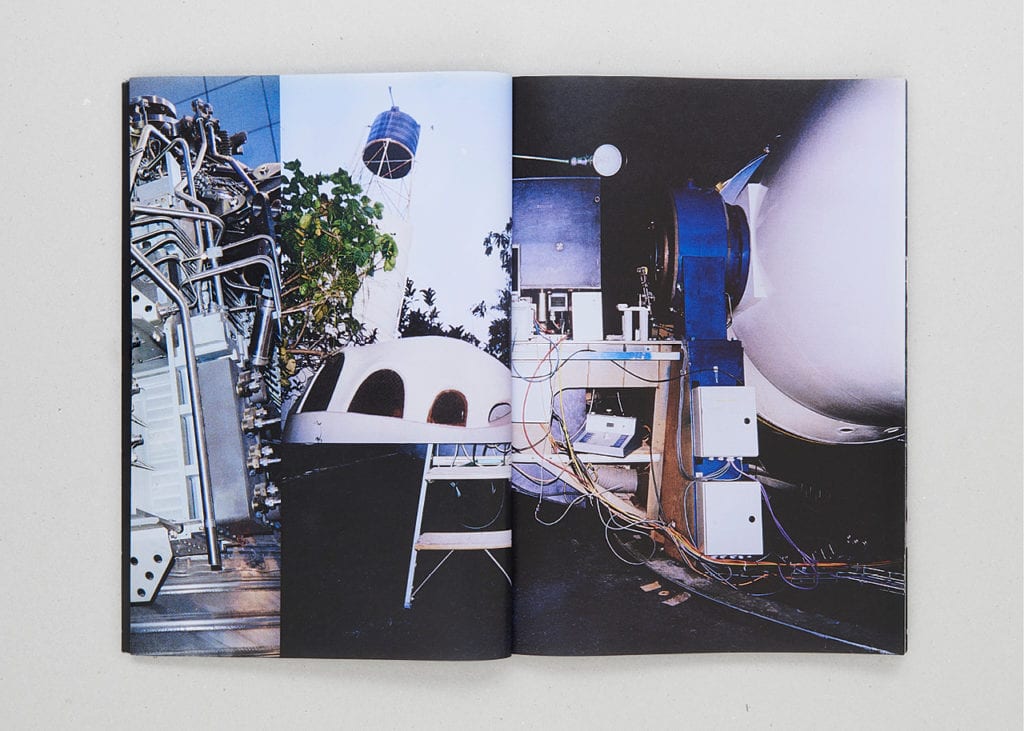This article is adapted from a feature originally published on BJP-online in July 2018
In astronomy an “event horizon” refers to the boundary that marks the limits of a black hole, where nothing, not even light, sound, or radiation, can escape. “This work is a personal attempt to construct a cosmology through photographic means,” says Quentin Lacombe, describing the alternate universe he presents in his series, Event Horizon.
“In my opinion, photography is, by nature, interdisciplinary,” he says, explaining how he has combined photograms, 3D renderings, and images from studio shoots to “challenge the immediacy of photography, and defy its ability to restore reality by creating fiction”.
After being published in a photobook last summer, Event Horizon is now exhibited in an immersive exhibition as part of TRANSFORMER: A Rebirth Of Wonder at 180 The Strand in London. Featuring work by artists such as Harley Weir, Doug Aitken, and Juliana Huxtable, the exhibition explores ideas of identity, representation and self-image.
Inspired by science-fiction films and novels such as John Brunner’s Crucible of Time, Lacombe intended to blur the boundary between scientific and metaphorical approaches, and abstract astronomical theories. “Instead of dissecting and clarifying the concepts, Event Horizon understands the universe as a fragmented, complex, and infinite experience”.
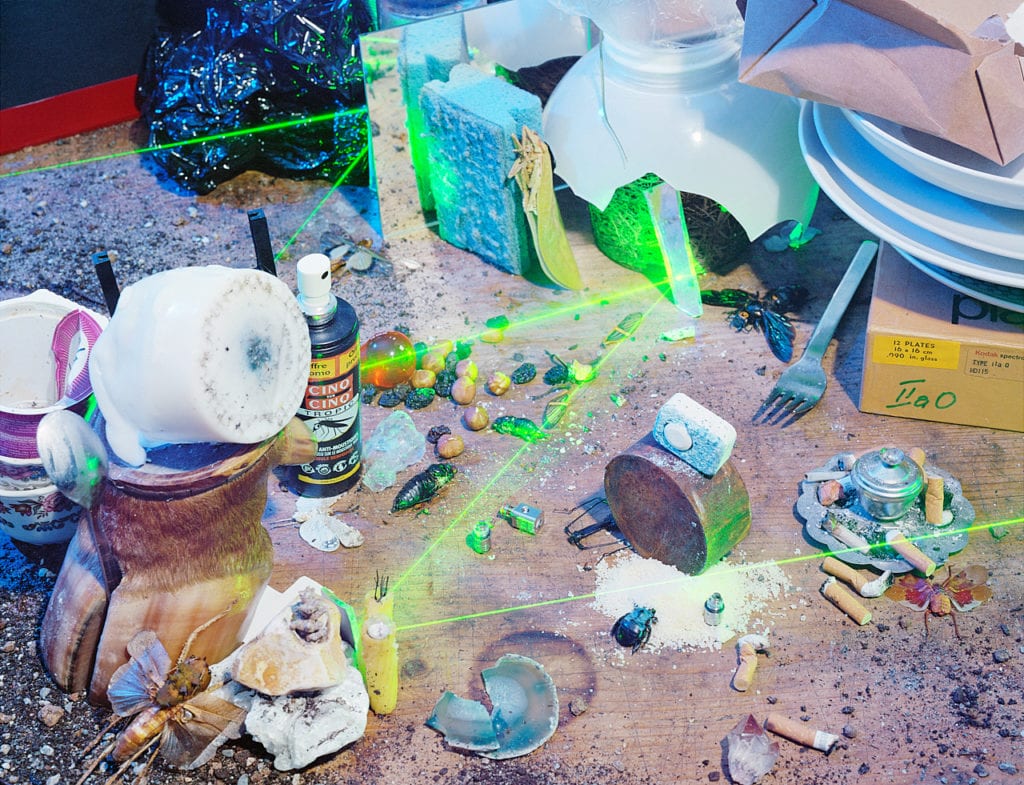
“This work is a personal attempt to construct a cosmology through photographic means”
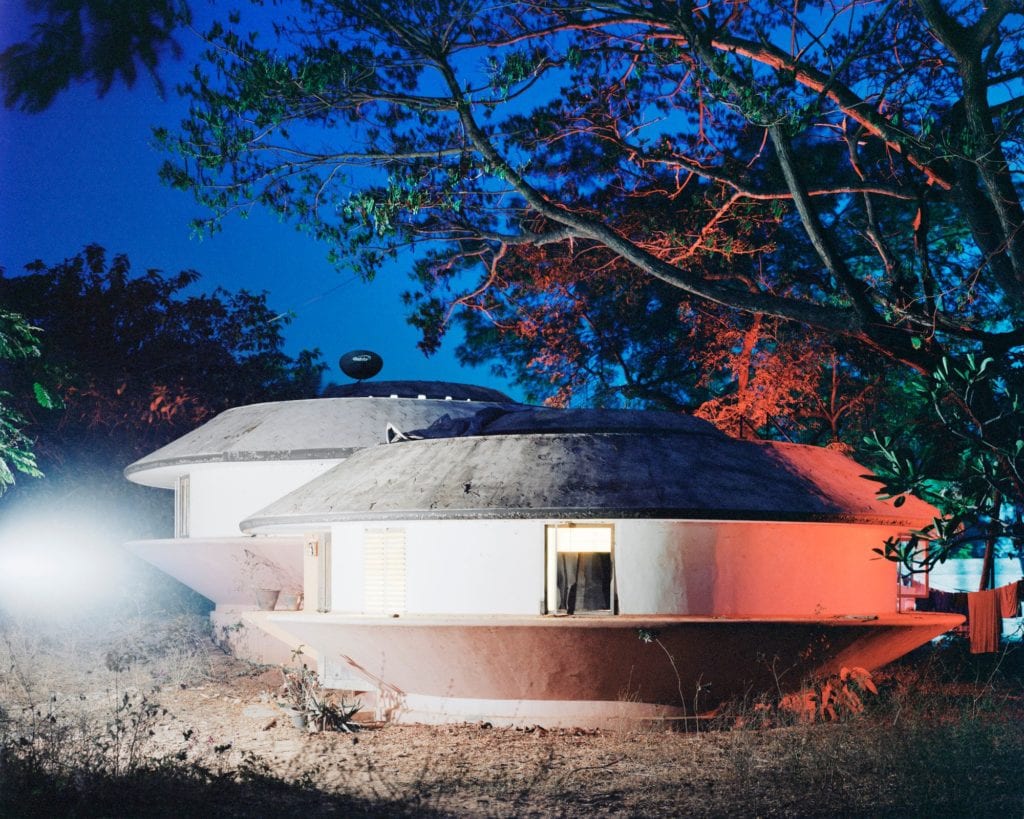
Before taking up photography, Lacombe was studying architecture in Paris, which was when he became fascinated by the communicative power of images. “Like architecture, photography draws its influences from everyday life,” he says, “It becomes a gateway to the world and makes it possible to take an interest in other fields of study that we might think are inaccessible”.
But what captivates Lacombe most is photography’s ability to transcribe, and at the same time deform, reality. In Event Horizon, laser beams, mutated animals, and pieces of technology are collaged into photographs of desert landscapes, as well as architectural shots of astronomical observatories in France and the Jantar Mantar monument in India, a UNESCO World Heritage site.
Layering these images lends the project to exploring theories of infinite time and space, and if you remove the front and back cover, the book runs cyclically from beginning to end. His choice of Japanese binding also expresses “an endless flow that doesn’t stop at the physical end of the page” — a notion that is echoed in his use of the latest exhibition space.
Animals, technology, and architectural objects roam freely through the narrative, “as if they inhabited the universe with equal agency”
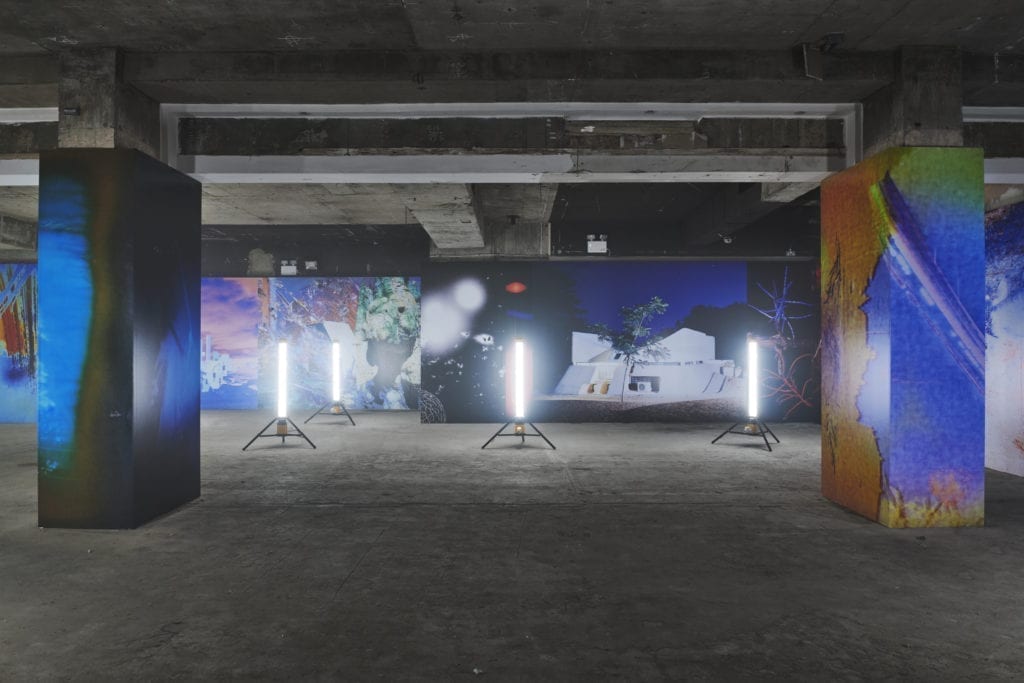
Even so, the project is not just an amalgamation of fragmented images – it is structured by a narrative. “In a constant stream of images, it is necessary to produce a rhythmic sequence to keep the reader’s attention,” he explains.
The book is divided into three chapters; the first chapter introduces us to a world in which science and astronomy have a “domestic place in everyday life”. Specialist scientific equipment invades the home, and the garden shed is transformed into a control room for a telescope.
In the second chapter, the world collapses into a flurry of abstract images flooded with laser beams and coloured light, signalling the introduction of a “disruptive element”. The final section is marked by a triptych of green lasers, where the hypothetical world begins to regenerate following its collapse.
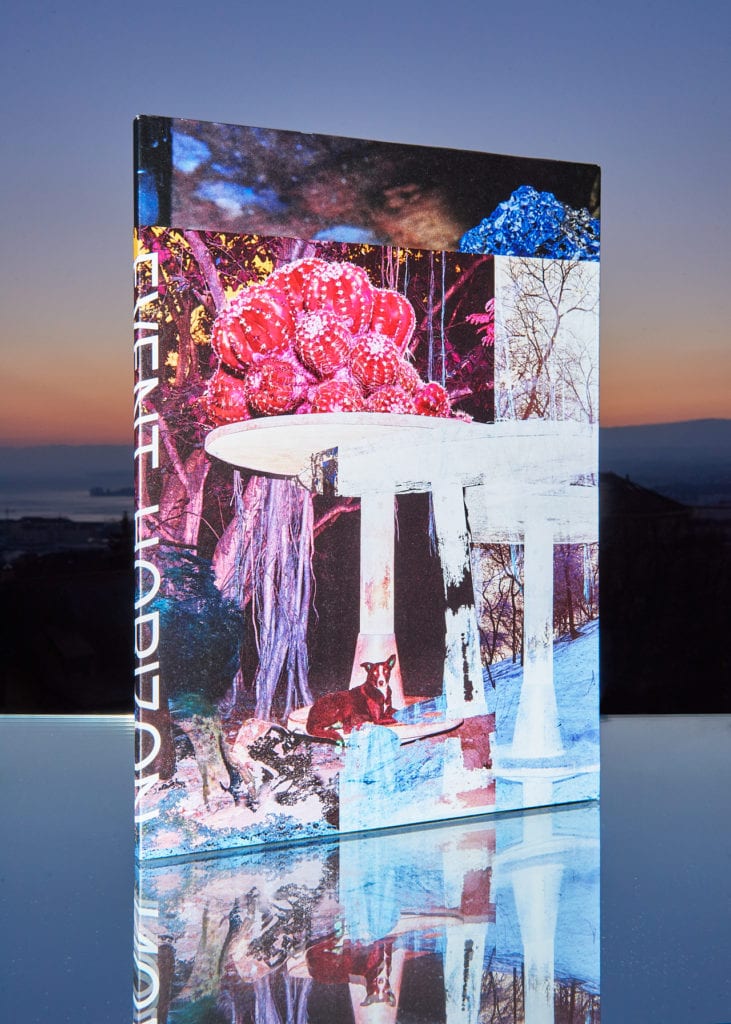
Animals, technology, and architectural objects roam freely, “as if they inhabited the universe with equal agency,” says Lacombe. Curiously, in Event Horizon, humans are absent from the scene, “as if they have retreated inside bunker-like houses to hide from the radiation which they themselves have actually set in motion”. The animals in turn act as a comment on our human condition, questioning how we treat our world, and one another.
Event Horizon by Quentin Lacombe is published by RVB Books. The work is on show as part of TRANSFORMER: A Rebirth Of Wonder at 180 The Strand in London until 08 December 2019

